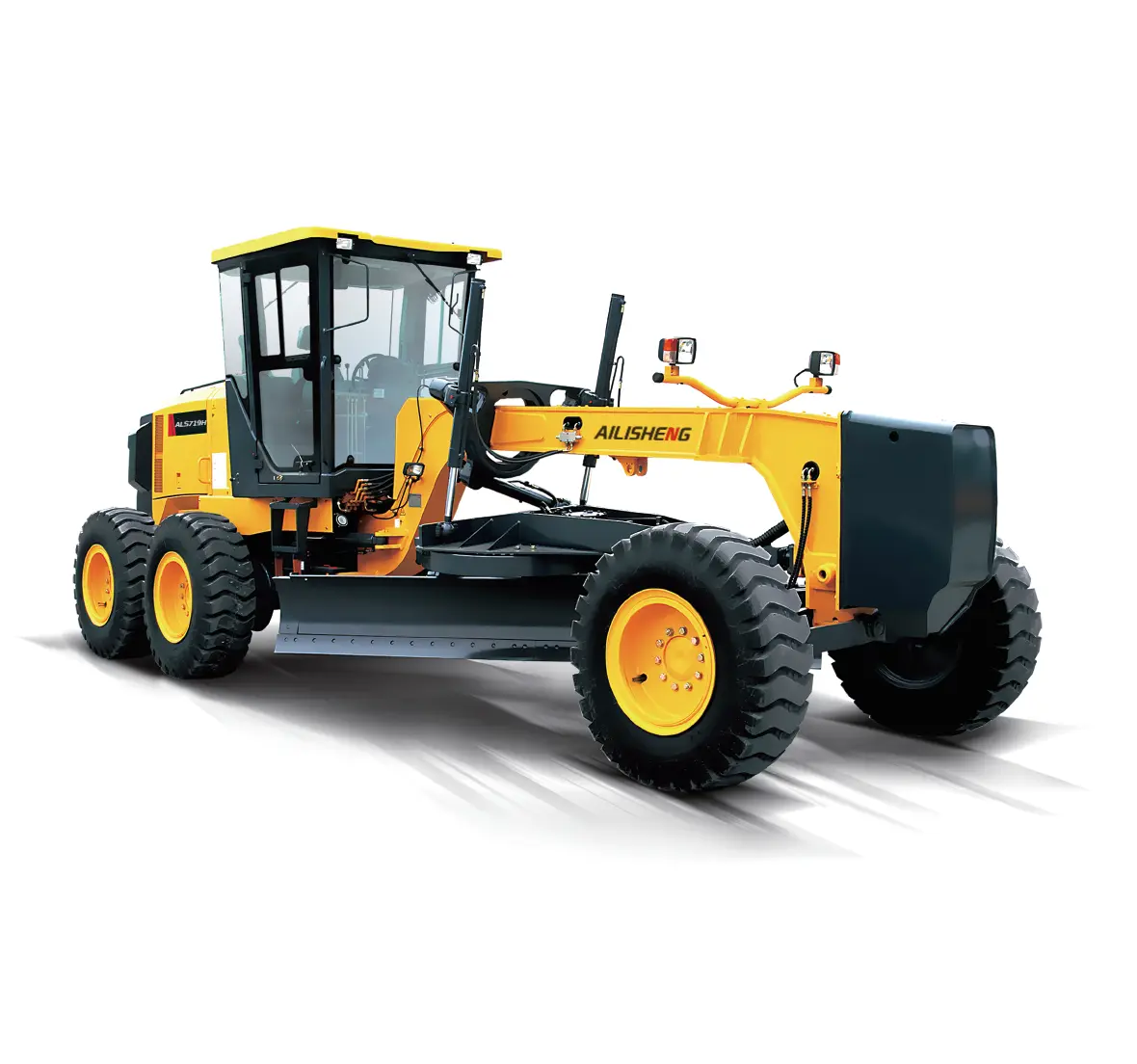Understanding Grader Machines: How They Function and Transform Landscapes
Have you ever wondered how roads, highways, and other infrastructure projects are built on uneven or rough terrain? One of the key pieces of heavy equipment used in construction projects is the grader machine. These powerful machines are crucial in shaping and leveling the ground to create a smooth and even surface for roads, parking lots, and building sites. In this article, we will delve into the inner workings of grader machines, how they function, and the pivotal role they play in transforming landscapes.
The Basics of Grader Machines

Grader machines, also known as motor graders, are heavy equipment vehicles equipped with a long blade used to create a flat surface during the grading process. The blade is typically located between the front and rear axles of the machine and can be lowered, raised, and tilted to cut, fill, or spread material. Graders are commonly used in the construction and maintenance of roads, as well as in the preparation of building sites.
The primary function of a grader machine is to level the ground and create a smooth, even surface by spreading and shaping the material. This is achieved through the use of the blade, which can be adjusted to different angles and depths to achieve the desired grading result. In addition to the main blade, grader machines are also equipped with a front-mounted blade or ripper, which is used to break up hard soil or rock to make it easier to grade.
Components and Features of Grader Machines
Grader machines are equipped with various components and features that enable them to perform their tasks effectively. One of the key components of a grader is the engine, which provides the power needed to operate the machine. Graders are typically powered by diesel engines, which offer the necessary torque and efficiency to handle the heavy-duty work they are designed for.
The blade is another crucial component of a grader machine. Most graders are equipped with a moldboard blade that can be angled, tilted, and raised or lowered to cut, fill, or spread material. The blade can also be equipped with additional features such as hydraulic controls, which allow for precise adjustments while grading.
In addition to the blade, graders also feature a variety of controls and instrumentation to aid the operator in performing their tasks. Modern graders are equipped with advanced technology, including GPS systems and grade control systems, which allow for greater precision and accuracy in grading work. These features enable operators to achieve the desired grade with efficiency and consistency.
Operating a Grader Machine
Operating a grader machine requires skill, experience, and knowledge of the machine's capabilities. Grader operators are responsible for controlling the machine and adjusting the blade to achieve the desired grading result. The operator must be able to maneuver the grader to navigate the terrain and effectively shape and level the ground.
The first step in operating a grader is to conduct a thorough inspection of the machine to ensure that all components are in working order. The operator must also assess the condition of the work area and determine the best approach to achieve the desired grade. Once the machine is prepared, the operator can begin the grading process by adjusting the blade and maneuvering the grader to shape the ground.
Communication is essential when operating a grader, especially on large construction sites where multiple machines and workers are present. Grader operators must be in constant communication with other workers, equipment operators, and supervisors to ensure the safety and efficiency of the grading process.
Applications of Grader Machines
Grader machines are used in a wide range of applications in construction and land development projects. One of the most common uses of graders is in road construction and maintenance. Graders are used to level and shape the ground to create a smooth and even surface for roads, highways, and parking lots. They are also used to remove snow and ice from roadways during the winter months.
In addition to road construction, grader machines are used in the preparation of building sites and land development projects. They are used to level the ground and prepare the site for construction, ensuring a stable and even foundation for buildings and structures. Graders are also used in agricultural applications to level and shape fields for planting and harvesting.
Maintaining Grader Machines
Proper maintenance of grader machines is crucial to ensure their longevity and performance. Regular inspections and servicing of the engine, hydraulic systems, and other components are essential to keep the machine in good working condition. Lubrication and greasing of moving parts, as well as regular checks of the blade and controls, are also important to prevent downtime and costly repairs.
In addition to routine maintenance, grader operators should also be trained in proper operating techniques to prevent unnecessary wear and tear on the machine. Proper blade angles, grade control, and navigation of the terrain are all factors that contribute to the efficient and effective operation of a grader machine.
Conclusion
Grader machines are an essential piece of equipment in construction and land development projects. Their ability to shape and level the ground is crucial in creating the infrastructure that we rely on every day. Understanding how grader machines function and their applications in various industries is vital in appreciating the role they play in transforming landscapes.
In conclusion, grader machines are powerful and versatile pieces of heavy equipment that have a significant impact on the development and maintenance of infrastructure. With their advanced technology and precision controls, grader machines are able to achieve the desired grade with efficiency and accuracy. Proper maintenance and operation of grader machines are essential to ensure their longevity and performance, making them indispensable tools in the construction and land development industry.
